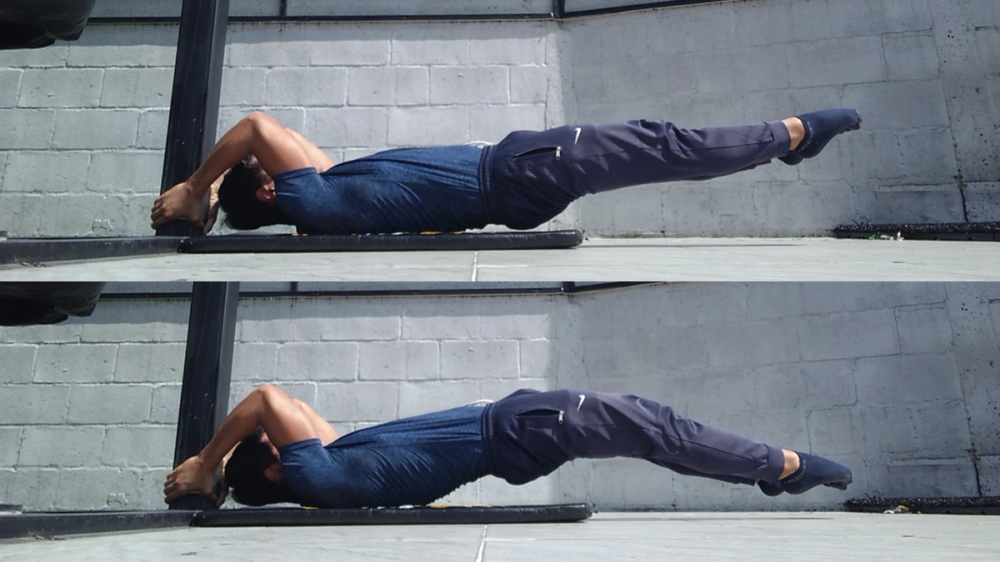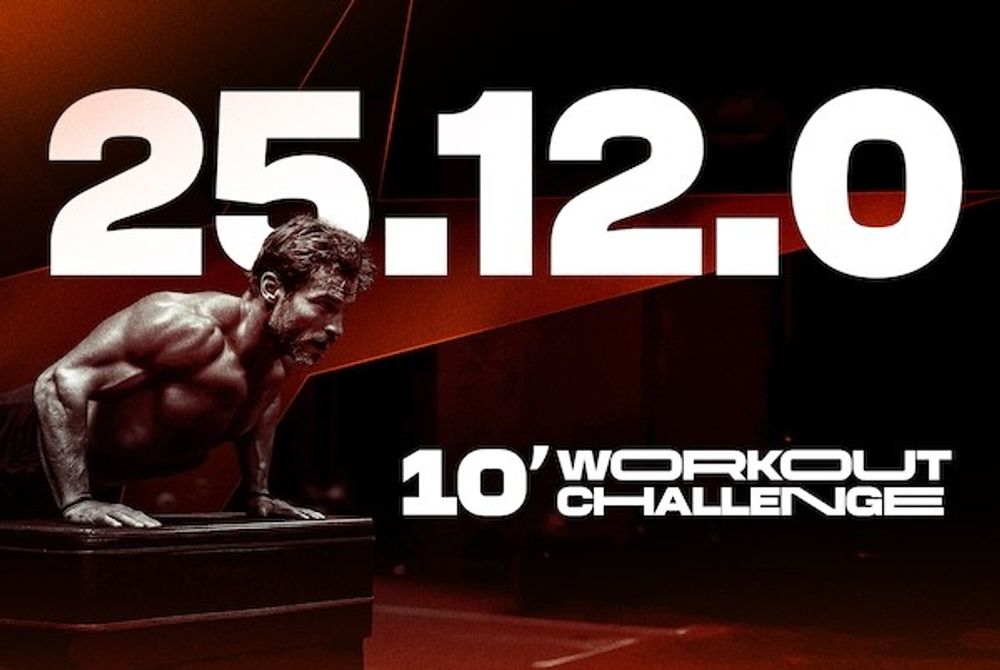
Calisthenic's Dragon Flag: complete guide with exercises
If you want to know everything about how to make dragon flags, here's a complete guide geared towards real progressions.

With the time that calisthenics has been active as a known sport and followed worldwide, it is already evident that one of the determining factors for this sport is the height of the person who practices it, but does it affect all modalities? equally? Is it equally good or bad to be short or tall if you do basics, if you do tricks or if you do weighted calisthenics? What advantages or strengths do tall athletes have? Are there more important factors than height? In this article we are going to try to answer all these questions and more.
First of all, we are going to analyze why height matters, which is a question that many people kind of knows, but do not know how to explain exactly.

It is evident that a tall athlete weighs more than a short one, but isn't it true that his muscles are also larger, in proportion to his height, and therefore he should compensate one thing with the other? Here's the thing.
The problem is that, even if it is true that larger and longer muscles have more strength, the increase in weight that corresponds to the greater size of the rest of the structures throughout the body is greater than that increase in strength. Simply put, so that it is understood: a tall athlete's muscles are a little stronger, but his body weight is much greater.
Another issue to take into account, and very important in calisthenics, is body proportions. It is still not entirely clear, although there are people who have tried to analyze it in depth, how exactly different body proportions affect different movements. But there is one thing evident, and that is that tall athletes, apart from generally having a longer body, which makes levers difficult, tend to have longer legs in proportion to their torso, and this, in movements such as front lever and planche, it is decisive.

Also, how short or long the arms are seems decisive for the ability to do many basic repetitions in a row, since the extra distance of long arms adds accumulated fatigue that ends up being very important.
We are going to start with the modality where the effect of height becomes most evident, which is in freestyle. Understanding freestyle as the combination of elements of dynamics, tension, strength and balance. If you look at the highest level championships in the world, the average height is very low.
In this case I think the determining factors are the ratio of strength to body weight, which we explained above, and body proportions, specifically the length of the body in general and the length of the legs compared to the torso. As we saw, these two factors tend to favor short athletes, although there are always cases that deviate from this trend.
For example, the athlete Ian Barseagle, who despite measuring 1.88 meters (6.1 foot) and weighing more than 90 kilos (198 pounds), has shown a great ability to progress in statics and has been able to master elements such as the full planche or the front lever without problem. If we analyze his case, we see that, despite being so tall, his legs are not as long compared to his torso, so this may have been decisive in his ability to do static exercises.

Now let's go to the basics, where we could really consider that height does not affect so much, at least when we work at strength or hypertrophy ranges, let's say between 1 and 20 repetitions. In this case, tall people may have some difficulty at the beginning, since their relative strength is lower, and it may be difficult for them to adapt to exercises such as pull-ups, but once that adaptation period is over there is not so much problem in being able to advance in the basics and give them the necessary intensity.
Where we do see a notable difference is in the endurance modality, in which athletes have to do many repetitions in the shortest time possible. Here I think the determining factor is the proportions of the limbs with respect to the torso. As a general rule, a shorter athlete will have shorter arms, which means that their pull-ups, dips, push-ups and muscle ups have a shorter range.
When we work with few repetitions this shorter distance is not so decisive, but when it comes to resistance work it is noticeable, which added to the effect of the proportion of strength with respect to body weight, makes the majority of great champions of endurance short in stature.

Let's now go to the Streetlifting modality, where we already did an analysis in a recent article and we concluded that height does not affect so much, since there is a balance point between body weight and the strength that these athletes are capable of developing in pull-ups, background, muscle up and heavy squat, which appears to be around the -87 and -94 kilogram weight categories (around 180-200 lbs), which have average to tall athletes competing.
By working only one repetition and with added weight, you can take greater advantage of the maximum capacity of the muscle, without the proportion of strength to body weight being so decisive. Furthermore, in this one-repetition work, the length of the limbs or the torso and legs does not seem to be so determining.

Finally, we are going to talk about something that is not a modality of calisthenics, but that is quite relevant for many people, which is aesthetics. In this case, short athletes will have an easier time looking fuller and rockier, since their shorter, rounder muscles favor this appearance. However, tall athletes who manage to gain a notable amount of muscle mass will have a much more imposing and striking appearance, especially when you see them in person or in comparison to someone of shorter stature. Therefore, short athletes have an initial advantage but taller athletes have greater long-term potential.
In conclusion, we can observe that short athletes clearly have an advantage in some aspects of calisthenics, although it will also depend on the specific morphology of each person. On the other hand, tall athletes also have their strengths and advantages that they can take advantage of. So, whatever your height, you can analyze your specific case, your preferences and your abilities and decide which modality to do.
Remember that in Calisteniapp you have specific training for each of these modalities, including routines for the aesthetic section. Both free routines and training programs and smart routines for pro users.
I hope the article helps you,
Yerai Alonso

Yerai Alonso
Cofundador de Calisteniapp, referente en calistenia y el street workout en Español. Con más de una década de experiencia, es creador de uno de los canales de YouTube más influyentes del sector. Autor del libro La calle es tu gimnasio, campeón de Canarias y jurado en competiciones nacionales e internacionales.
Join our newsletter
Learn everything you need to know about calisthenics

If you want to know everything about how to make dragon flags, here's a complete guide geared towards real progressions.

A detailed breakdown of all calisthenics statics. Learn about muscle activation, movement patterns, and precise execution for every isometric skill.

Calisteniapp v25.12.0 introduces program pause, performance improvements, and the 10’ Workout Challenge 2026. No shortcuts, just better tools
